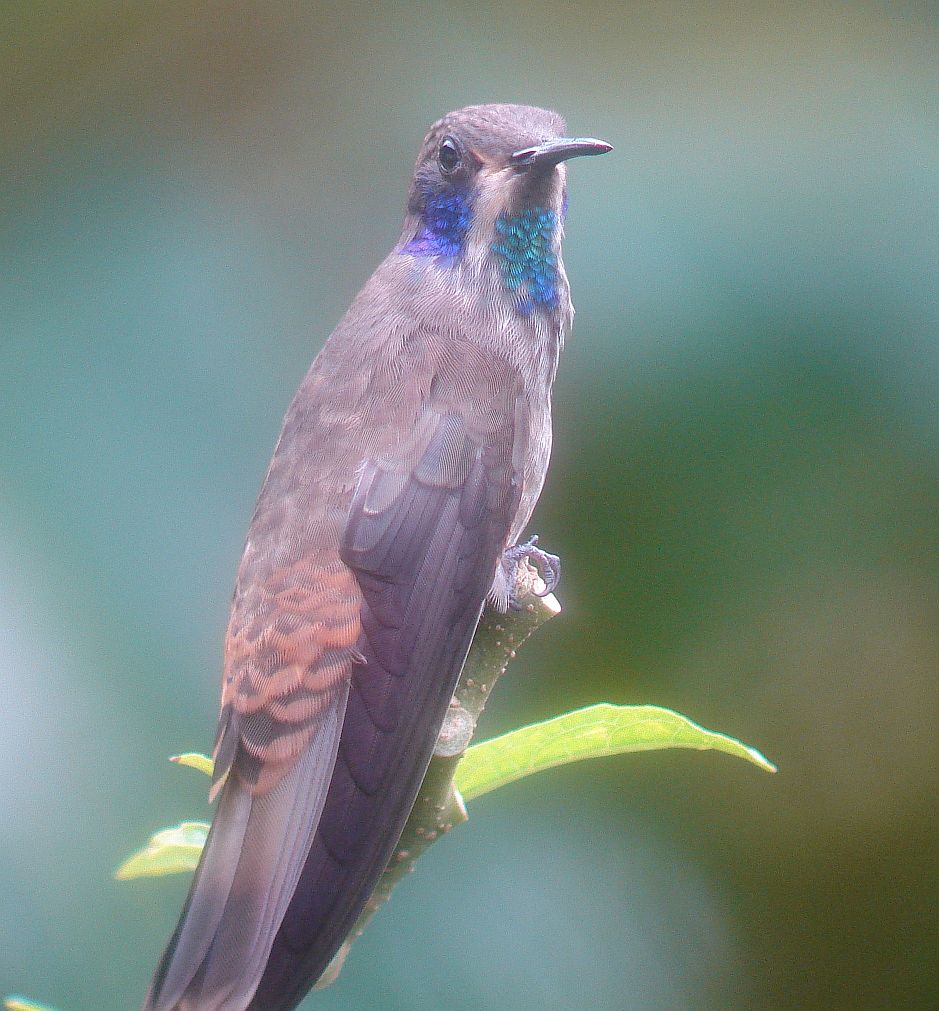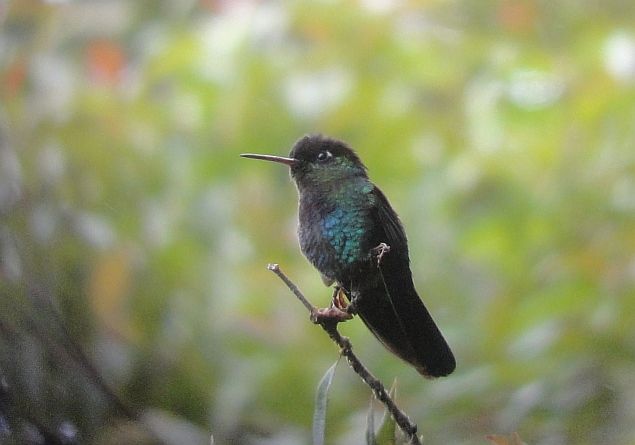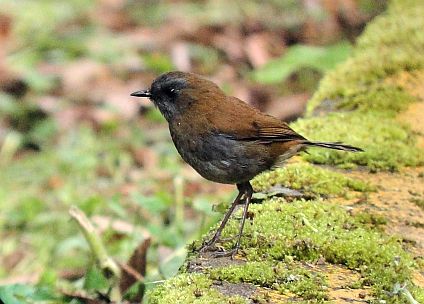Birding in Costa Rica! If you are into birds, into watching them, you know why that phrase ends in exclamation. If not, take some high level excitement, spray it with major dream essence, and wrap it up with soul satisfaction. Now imagine savoring that ultra dimensional sandwich and you get an inkling of birding in Costa Rica.
At least that’s how it is for birders, us folks who deeply dig finding, watching, photographing, and/or communing with birds in other ways. No matter how often you go birding in Costa Rica, the excitement is always there but the first trip to southern Central America, now that some ten-fold excitement!
Here in this bastion of biodiversity, birding is like being a kid in a candy store. Like opening up them presents or being 11 and going to the roller rink with best friends and possible crushes. Ok, you had to have grown up in the 70s-80s for the roller rink but you might get what I mean.

There’s a lot of birds in Costa Rica and that’s one heck of an understatement. With so much to look for, so many birds to look at, it would seem that you gotta bird Costa Rica serious. That would be birding with high-focused concentration, birding with quick bino action, and keeping it cool in the face of a mighty mixed flock.
But no, you don’t have to bird Costa Rica serious! You can function as such, oh I do recommend it, but as with every destination, you bird the way you bird. If you are happy with garden birding, cool drink in hand, sure, that works in Costa Rica. If you want to go ultra casual with the birding endeavors, casual works too.
To be honest, you’ll see fewer birds but you know what? You’ll still see a lot! I sort of tested that presumption earlier today when, instead of heading out the door at dawn (or before then), I had a leisurely breakfast and didn’t leave until 9:45 a.m.!
I know, say what? Might that be a waste of time? Not if you are into casual birding! To be truly casual, maybe we should have done our birding from beach chairs while listening to Long Hot Summer by the Style Council.
Margarita sipping would have been required along with a toast to the late great Jimmy Buffett (RIP).
Today, we didn’t go that far, didn’t even go birding in chinos and penny loafers but we still did our birding in Costa Rica a la casual. And it was good.
Check it out.
Cloud Forest Mixed Flocks
Our casual birding day took us to one of the closest, easiest birding areas; the mountains above the Central Valley. This area is pretty awesome and has an easy recipe. Drive 45 minutes and you can reach honest to goodness cloud forest. That’s about it and what would be tropical highland forest replete with bromeliads, mist, and lots of cool birds.
Shortly after getting into the habitat, right away, we coincided with a mixed flock. A pair of Yellow-thighed Brushfinches moved into view, towhees that act like tanagers, pumping their tails and showing off their natural yellow pom-loms.

They were hanging with a couple of rude-sounding Ruddy Treerunners, a bunch of Common Chlorospingus, softly calling, emerald green Golden-browed Chlorophonias, and a few other birds.

But we were casual birding, we had a stream to saunter over to, rushing water to gaze at, fresh air to inhale, and leaf rustling to listen to. Even so, the birds followed us, passed through our field of vision. A couple Spangle-cheeked Tanagers insisted by perching on ferns, right out in the open and at close range. Others flew through and so we watched them, casually yet assuredly.
Olive-sided Flycatchers are Back in The House
As we moved along that quiet mountain road, I saw a hefty songbird making a beeline to perch on top of a snag. There’s not many birds that fly like the one I saw. Not back up north, nor in Costa Rica. Today’s first Olive-sided Flycatcher was just like the first one I saw so many years ago at the edge of a boggy lake in Algonquin Provincial Park.
Dark sides, big crested head, and sitting there right on top. Further on, we saw another, and then two more all doing that same Olive-sided Flycatcher move of flying in a long direct line and then going straight back to the same high perch. Only this time, it’s at the edge of cloud forest, fueling up to fly a bit further, move to bigger equatorial mountains.
The Flutes of Slaty-backed Nightingale Thrushes and Burbling of Barbets
It can be quiet when you go casual birding in Costa Rica. This is on account of not birding when our feathered friends prefer to sing. Oh well, you have to accept the silence of the mid-day, dwell in it and appreciate the quiet. Up there, it’s all good, I mean, the quiet is in good surroundings of ruffled green mountains and mist-touched backgrounds.
Eventually, the birds do sing and call, especially cloud forest specialties like Slaty-backed Nightingale-Thrushes and Prong-billed Barbets. The thrush sings classic, flutey phrases in hidden shaded spots while the barbet makes a long, yodeling vocalization, usually as a duet.

We heard those and some other birds as we casual birded in the Costa Rican mountains. With a bit more time on that cloud forest road, I’m sure we would have heard a lot more but by then, it was noon, it was time to look for lunch.
Toucanets, Red-headed Barbets, and Big Purple Hummingbirds at Cinchona
Our lunch stop was a classic birding spot in Costa Rica, a special place most birders eventually visit. It’s the perfect place to do some casual birding because, check this out; the birds are right there in front of you, while you sit, while you drink your cappuccino.
The places in called “Mirador de Catarata San Fernando” at Cinchona and it must be one of the most ideal places on earth to watch birds with ease while taking in beautiful tropical surroundings and ambiance. Today, as with most Sundays, our visit was accompanied by bunches of people coming and going. Some had kids who excitedly pointed at the hummingbirds while adults attempted selfies with toucanets and hidden waterfalls.
It was a good day for Northern Emerald Toucanets. Two or more of these surreal green birds were in constant view as we casually enjoyed our mid day repast. Barbets came in too, the burbling ones from the cloud forest road and a fancy female Red-headed Barbet.

We did not see any of the migrant Cerulean Warblers that other local birders have been espying but a female Blackburnian Warbler was cool! As she fluttered and checked the leaves, we also had the chance to ponder over the vivid purple plumage of big Violet Sabrewings, the subtle beauty of a Brown Violetear, and the natural lights on a Green-crowned Brilliant.
After leaving Cinchona, we did some casual checking of roadside habitats for migrant warblers. No Cerulean but the Halloween colors of a male American Redstart were welcome, as were euphonias, Bay-headed Tanagers, and a few other species to finish off the day.
Before leaving the cafe, the waiter told us that just 20 minutes before we arrived, an Ornate Hawk-Eagle had flown in and perched in full view. In Costa Rica, you never know what casual birding will bring but you can bet you’ll see a lot.
To learn more about these birding sites and where to go birding in Costa Rica, support this blog by purchasing “How to See, Find, and Identify Birds in Costa Rica”, a 900 plus page ebook designed to enhance every birding trip to Costa Rica.
To get you in the right frame of mind for happy birding in Costa Rica, I leave you with this obscure track from the 80s. Casual birding or not, I hope to see you here!

















































